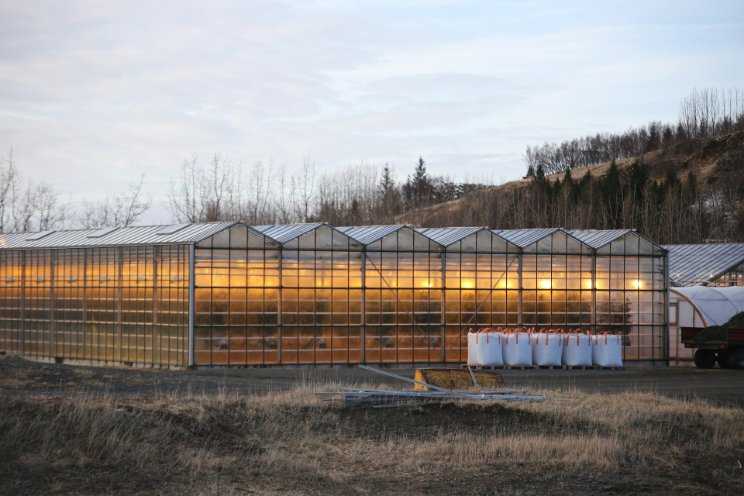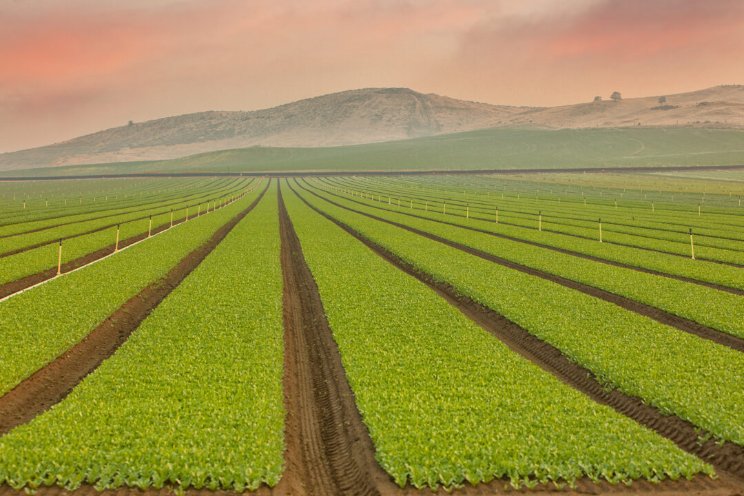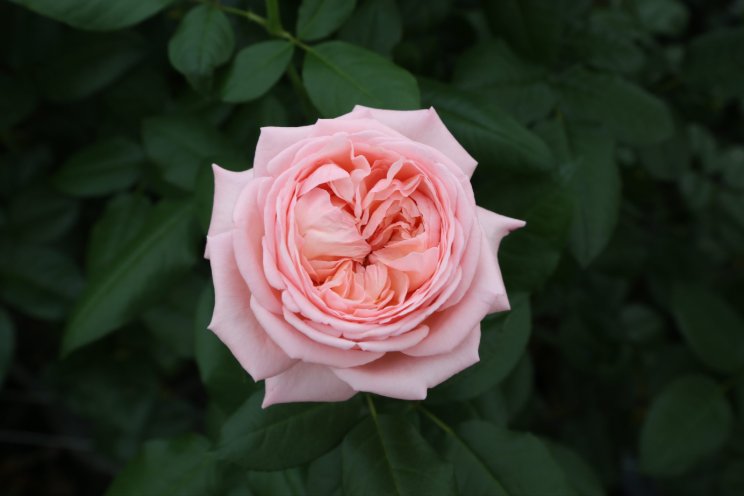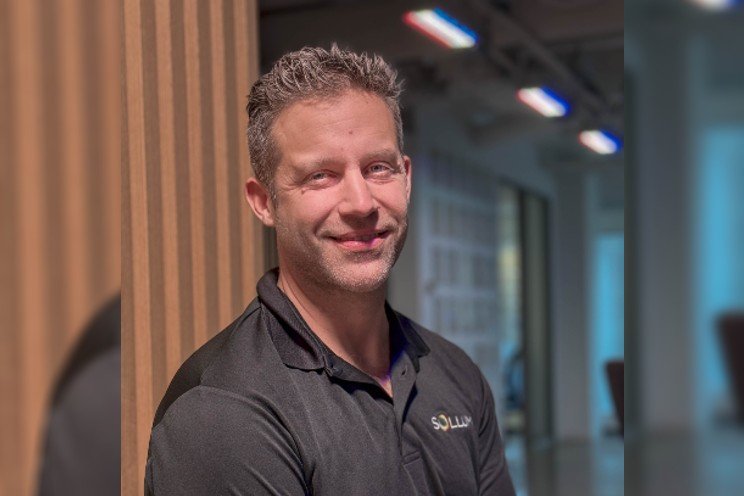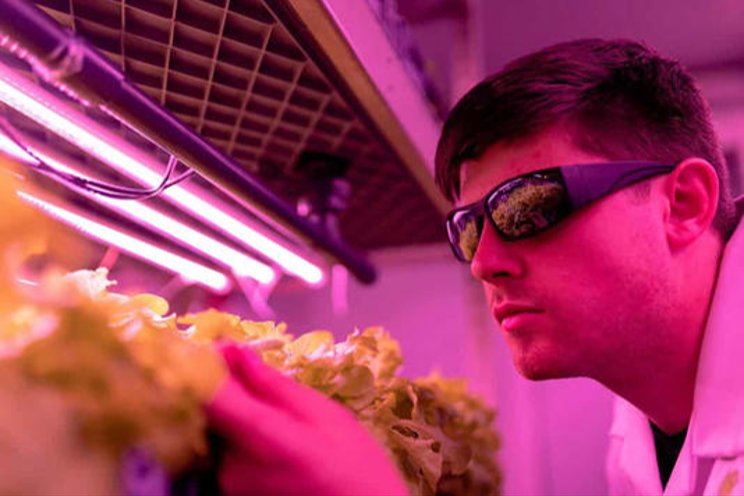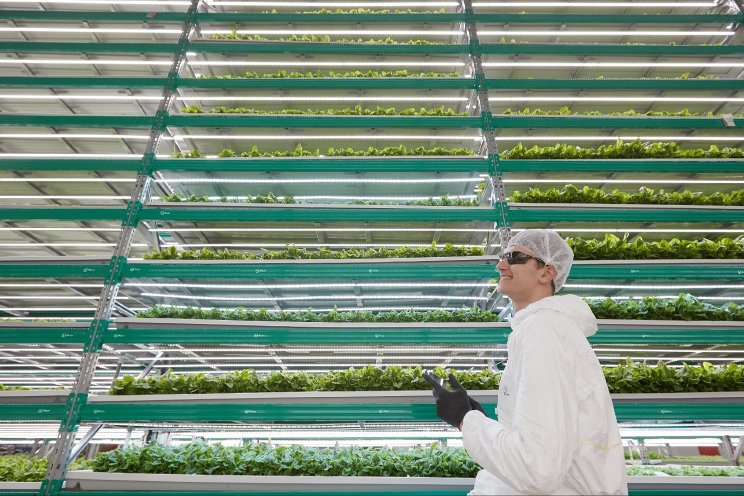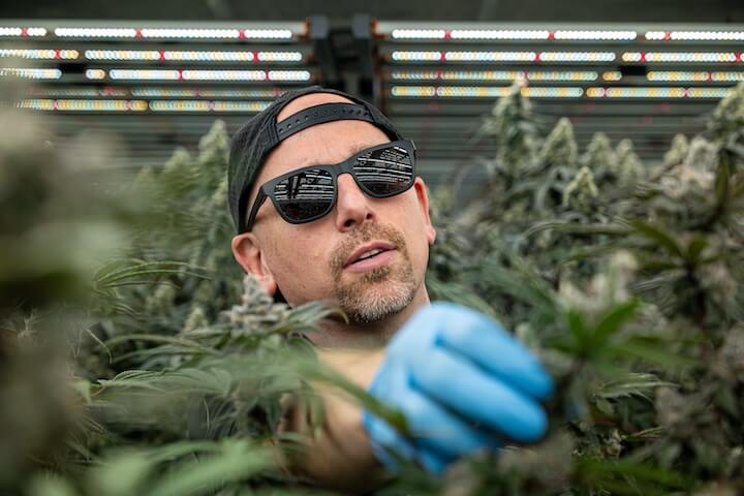Better detection of diseases thanks to deep learning
Added on 21 January 2021
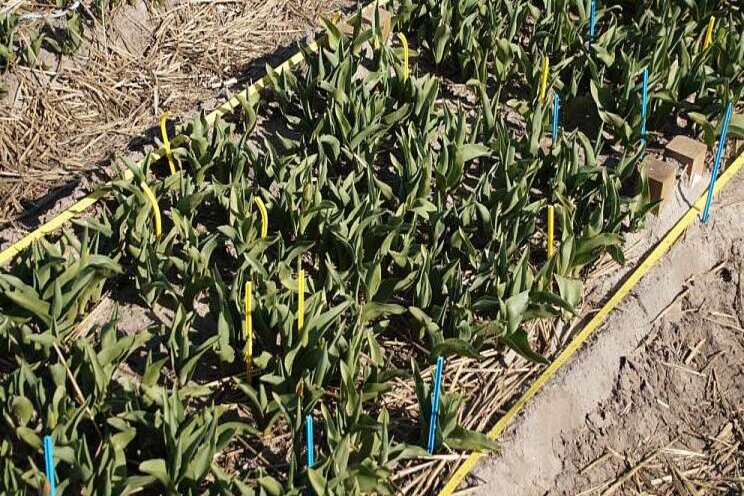
About ten years ago, tulips that were infected with the Tulip Breaking Virus (Tbv) were planted on a field. The bulbs were scattered among healthy specimens. Researchers used image recognition to detect diseased specimens. For this purpose, cameras were used that had an infrared channel in addition to the standard color channels (red, green and blue). Images were taken of the infected and healthy tulips with this camera. The findings of the image recognition were compared with those of inspectors from the flower bulb inspection service (BKD).
Better results with deep learning
During a new study in 2020, it was examined whether traditional image recognition could be replaced by deep learning. The research was carried out by two Agrotechnology students, Nick van de Westeringh and Brian Barbieri respectively. They used the images that were made ten years ago. The results of the deep learning method were compared with those of the traditional image recognition and the inspectors.
The research shows that deep learning does indeed lead to better results. Deep learning is also much cheaper because it can be done with a standard color camera without an additional infrared channel. Deep learning can potentially adapt itself to, for example, a new crop or new season. The algorithm does not need to be manually tuned for this, as was needed in the past; the system learns from newly presented data.

Bulb Revolution 4.0
The research took place in the context of Bulb Revolution 4.0. The implementation of this Public-Private Partnership lies with a consortium of seven partners. These are: KAVB, Anthos, Wageningen University & Research (WUR), Cremer Specialemachines B.V., Machinefabriek Steketee B.V., Agrisim B.V., BKD and TechNature B.V. Economic Board Greenport Duin & Bollenstreek and Rabobank Bollenstreek contribute to the financing from their Innovation Funds.?
Source and Photo Courtesy of Wageningen University & Research
Source: Wageningen University & Research
More news


